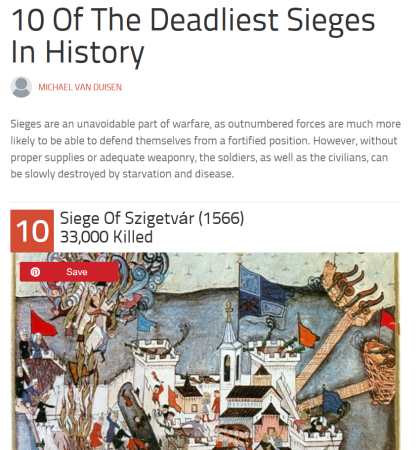For the rest of the painting section of this write-up, I'll go over the various areas of the miniature one-by-one, but not in the order I painted them in (which will show up in the sequence of the pictures). Instead of painting skin, then armour and so on, I did one layer of skin, then some of the armour, then a layer of the loincloth... Knowing that might help you make some sense of the various photographs which follow.
Painting the Skin
I knew that the biggest challenge on this figure, for me, would be the skin. My usual painting style is a classic contrast-rich, three-layer technique, and I wanted to see if I could extend this to painting 54mm figures. I was not sure, however, that the amount of contrast I'm used to painting would work on this scale of figure. One area in particular where this has to be just right is skin, and this gladiator has a lot of it showing. So, it was with quite a bit of trepidation I set out to paint this guy's skin (and I'm not quite sure I pulled it off, but that's up to the TMP readership to decide on).
The colors used in painting the skin were Vallejo 983 Flat Earth, 843 Cork Brown and 955 Flat Flesh (with some 917 Beige added for the final highlight). With this figure, I ended up using a technique inbetween the 'translucent layering' technique of my first figure (the German leader) and the simple 'direct layering' of the second figure (the Signifer), using thinned-down paint for the Cork Brown (in translucent layers) but a covering layer with the Flat Flesh. Here's the result in a few steps:

Painting the Iron and Steel Bits
For the mail protecting the gladiator's right arm and for his helmet, I decided to do a little experiment (as if sculpting a hand for the first time in my life on a competition entry was not enough of a challenge!). I always thought that in everyone's favourite gladiator reference movie, Gladiator - somebody must have thought long and hard about that title - the armour used by Maximus in the arena had a slight blueish tint, which I wanted to recreate on this figure.
I used Vallejo 865 Oily Steel drybrushed over the black as the basecoat. This was then liberally washed with a mixture of equal parts 950 Black and 965 Prussian Blue and finally drybrushed with 997 Silver. The eye pieces were given a quick brushover of 998 Bronze before the final drybrush step. The result, again in amazing 1-2-3-View™, is seen below:

Painting the Loincloth
The loincloth was painted using straight classic layering, with Vallejo 921 English Uniform, 880 Khaki Grey, 988 Khaki and 988 Khaki with 917 Beige. The padding on the left foot (undoubtedly this has a more technical-sounding name) was painted in the same colours.

Painting the Rest of the Figure
For the rest of the figure (mostly smaller areas), I'm not going to do detailed step-by-step pictures, but just show you a work-in-progress shot of the whole figure - this time from his back:

The colours used on the rest of the figure are Vallejo, unless otherwise stated:
- Leather:
- 983 Flat Earth
983 Flat Earth + 917 Beige - Helmet Plume:
- 859 Black Red (my bottle is still labeled Cadmium Maroon)
Foundry Madder Red 60A
Foundry Madder Red 60C - Bronze:
- 998 Bronze
801 Brass
801 Brass + 997 Silver - Sword:
- 865 Oily Steel
997 Silver - Hair and Tie on Right Leg:
- 846 Mahogany Brown
846 Mahogany Brown + 917 Beige
Basing the Miniature
As this figure's natural habitat is, of course, the sands of the arena, a simple basing scheme was called for. I glued the figure using normal superglue (cyanoacrylate glue) to a 40mm square base from Gale Force Nine, which was then covered with an artist's mortar (mica or sandstone grains in a sticky matrix). This was then painted with Vallejo 983 Cork Brown and drybrushed with 917 Beige and 918 Ivory.








